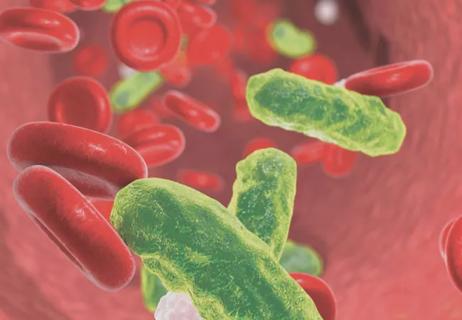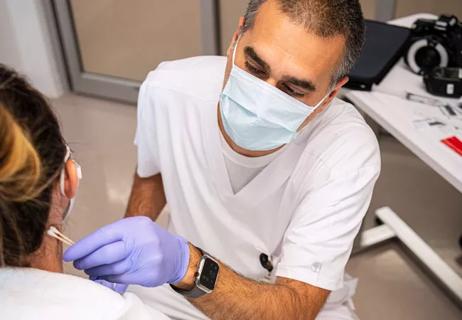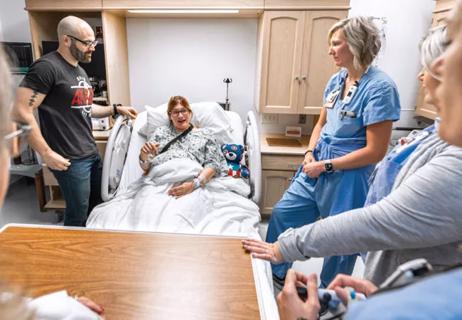Advice from a nurse on treating nocturnal enuresis

Involuntary urination at night – known as nocturnal enuresis or bed-wetting – is a common problem among young children, especially those six and under. Bed-wetting can continue into adolescence. According to The International Children’s Continence Society (ICCS), bed-wetting affects 5 to 10 percent of children below the age of 10 and a few percent of older children and teenagers as well.
Cleveland Clinic is a non-profit academic medical center. Advertising on our site helps support our mission. We do not endorse non-Cleveland Clinic products or services. Policy
It’s important for pediatric nurses to understand nocturnal enuresis and how to help patients and families, who may feel frustrated about nighttime bed-wetting. “Although bed-wetting is not physically harmful to children, it can be embarrassing and lower their self-esteem,” says Rebecca Cesa, MSN, RN, a certified pediatric nurse practitioner at Cleveland Clinic. “Children who are bothered by bed-wetting wake up wet and feel as if they have already failed for the day.”
Unfortunately, medical practitioners can’t always pinpoint the exact cause of nocturnal enuresis. In adolescents with normal bladder control, nerves in the bladder wall relay messages to the brain when the bladder is full. The brain, in turn, sends messages back to the bladder to prevent it from emptying before the child is ready to go to the bathroom. Adolescents with nocturnal enuresis, however, involuntarily urinate at night.
Some causes of bed-wetting include:
“The first and most important step to treatment is a motivated child,” says Cesa. “If the child is not bothered by bed-wetting, then it may be hard to get him or her on board with a treatment plan.”
Here are some other treatment options:
It’s important when you are working with a bed-wetting patient to stress to parents things they should not do – tactics that may actually undermine efforts to stop nocturnal enuresis and demoralize the child. First, parents should never punish the child. “Bed-wetting is not the child, nor the parents’ fault,” says Cesa. “Children should not be punished or penalized for episodes of bed-wetting.”
Secondly, don’t intermittently wake the child. “Some parents will set an alarm and wake the child at timed intervals throughout the night,” says Cesa. “This does not work for two reasons. First, you don’t know if this is a time when the child’s bladder is full and would be signaling them that is it time to void. Only wake them when the bed-wetting alarm alerts. Second, interrupting sleep leads to sleep deprivation. When children are sleep deprived they tend to sleep much deeper and are harder to wake when alerted by bed-wetting alarms or when their bladder signals them to void.”
Finally, don’t ignore daytime symptoms. “If a child has any daytime urinary symptoms – incontinence, leaking, urgency – these should be addressed and corrected first,” says Cesa.
By following this advice, you can help many patients successfully stop nocturnal enuresis, which is gratifying to children, their families and you as a healthcare professional. “Helping children conquer bed-wetting and seeing how much it has improved their quality of life is one of the reasons I come to work every day!” says Cesa.

Nurses play pivotal role in patients’ ability to recover in the comfort of their own homes

Advocating for patient safety is imperative in fast-paced surgical settings

Advice for those pursuing a WOC nursing career

Redesigned protocols enhance infection-prevention measures

Longevity in healthcare, personal experiences may provide caregivers with false sense of confidence

Specialized team prioritizes trauma-informed care and evidence collection

Collaborative approach leans on expertise of nurses

TeamBirth aims to improve outcomes by facilitating collaboration between patients and caregivers